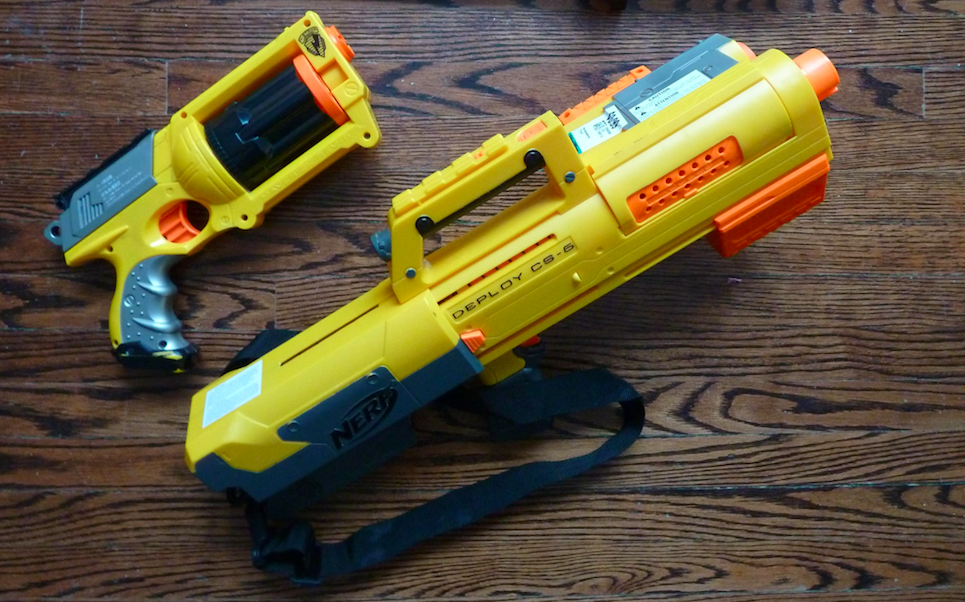- 10 Posts
- 4 Comments

 1·1 year ago
1·1 year agoOthers have suggested greasing the dowel or using bearings, and if the issue was friction, then they’d be right.
If the issue is inertia, then this won’t help. Accelerating a given mass to a given velocity requires a certain amount of energy, no matter what.
What could help is something similar to a Huygen drive, where the filament is looped around a large wheel (large enough that the filament can curve around it without breaking) which is able to move against a spring or counterweight. This would allow the movement of the spool to be “averaged out” rather than accelerating and decelerating sharply on every extrusion and retraction.

 2·1 year ago
2·1 year agoI have experience buying, not selling, but should still be able to help.
Local sales are the way to go for 3d printers. Local sales also allow people to see the printer and check that it works as they expect before committing to buying it. Most people will pay more for a known-working printer than a the-owner-says-it-works one. Local sales also avoid shipping which, in addition to the downsides that you’ve discovered, caries some risk for the printer. The downside of local sales is that you might have to wait for a long time until someone nearby wants the type of printer that you have (or until someone who doesn’t live nearby opportunistically picks up the printer as they were going to pass near you anyways).
Nealy everywhere has a Craigslist-like for local sales, which could be Kijiji, Letgo, FB marketplace, etc. There’s no harm in listing the same printers on multiple sites to see which one gathers the most interest. (Just please make sure to take all of the listings down once the printers are sold.)

 5·1 year ago
5·1 year agoFellow OpenSCAD user here. I’d recommend it to anyone as a thing to try, but not necessarily as a thing to certainly end up using.
I love how much control it gives you over your designs and how you can use that to make intelligently parametric parts. I’m continuously frustrated by how it expects you to make (or find libraries for) everything from scratch. For example, I’ve recently discovered ClosePoints which is (a) brilliant and (b) makes me wonder why the heck this functionality isn’t built-in or at least in a default library. I’ve also found that using it for anything complicated has forced me to learn how to write better-organized code.
You still have to put in work to learn how to use it. It’s just a different kind of work.








There’s a few ways to do this. Which one is “best” for you depends on how technical you expect your audience to be.
The easiest way for you is probably to just tell your users that you use some or another library and that they need to have it installed.
The easiest way for your users is to copy/paste the parts of the library that you use into your code. The threads library you linked is CC0 so you can do that. This also futureproofs your design against changes that break this library and against this library becoming unavailable. (Normally copy/pasting from libraries is discouraged as this futureproofs designs against improvements in the library as well, but IMHO certain OpenSCAD libraries should be considered an exception to this rule. If a library renders the shapes that you want fast enough to make improvements irrelevant, there’s no need to keep the library external.)